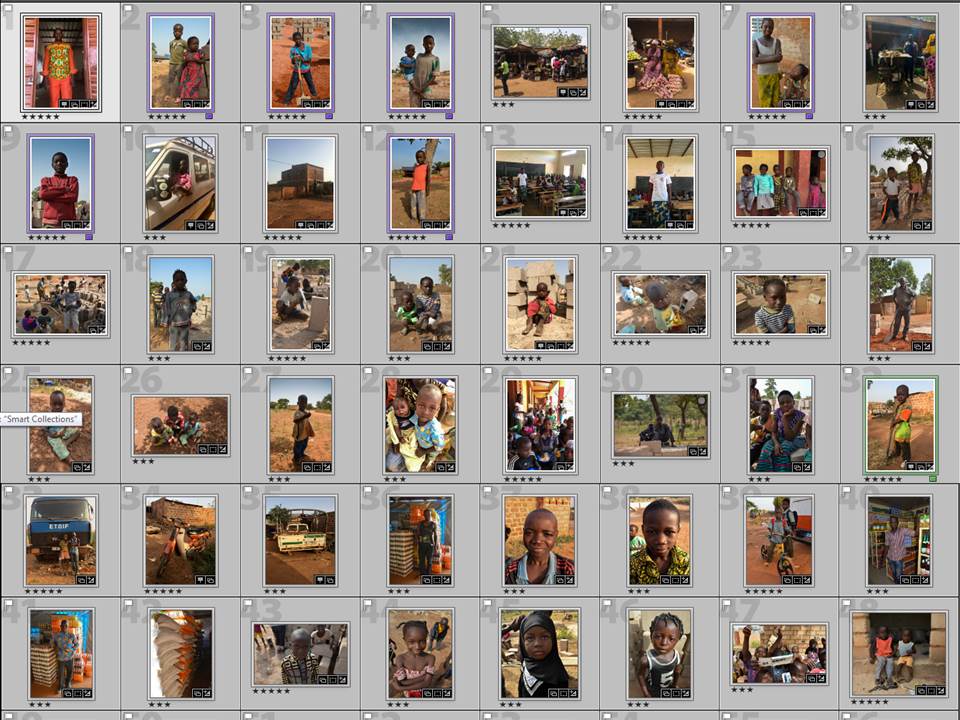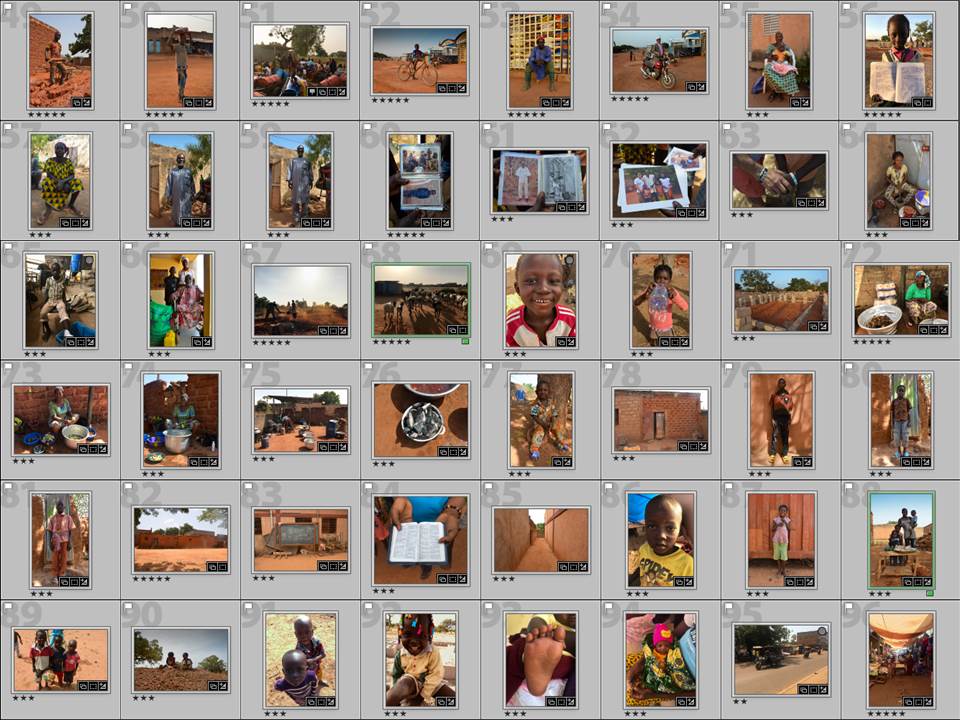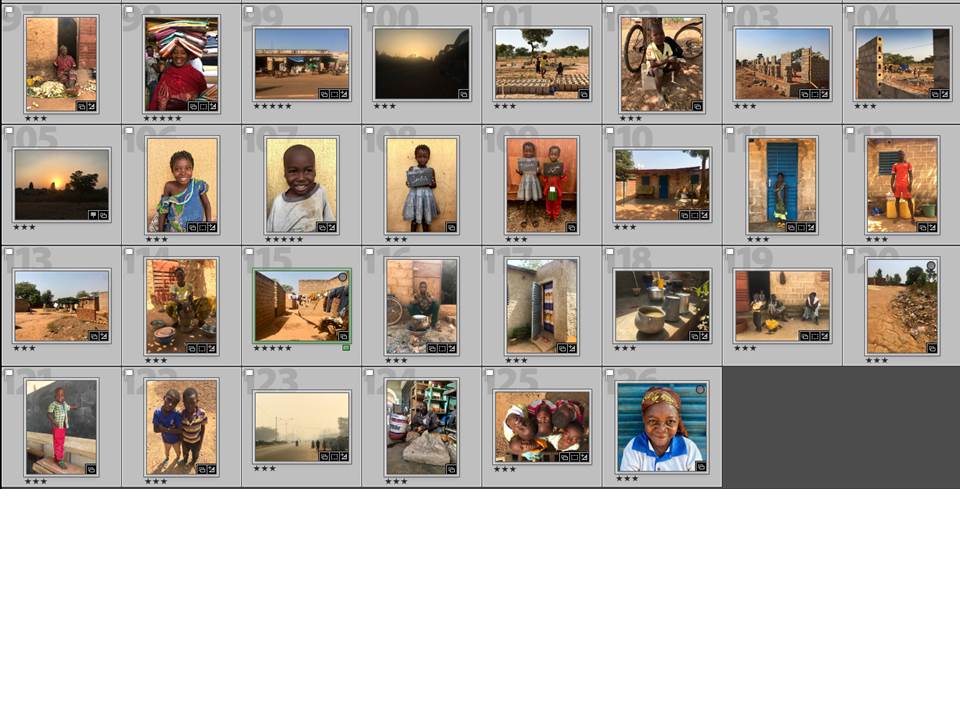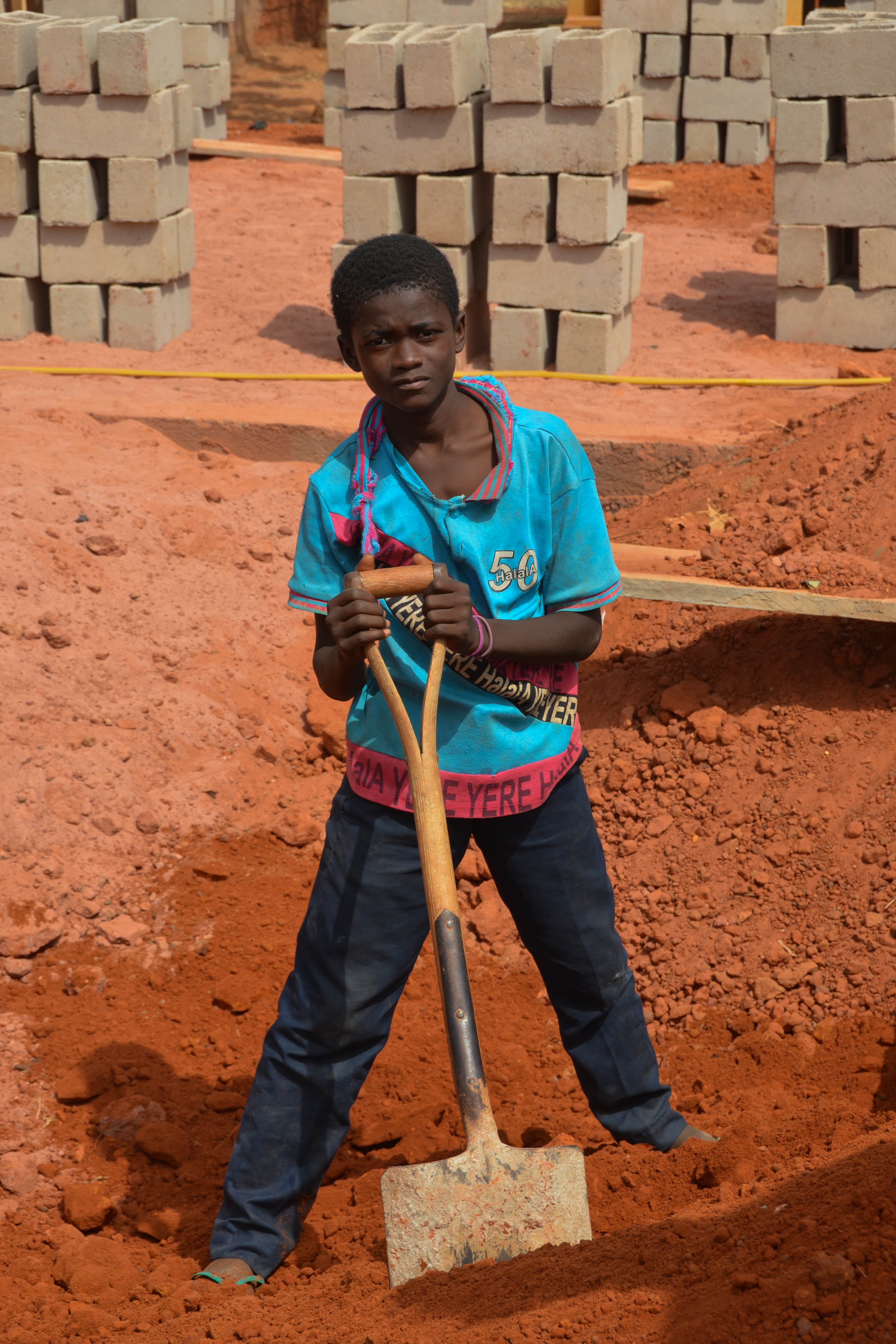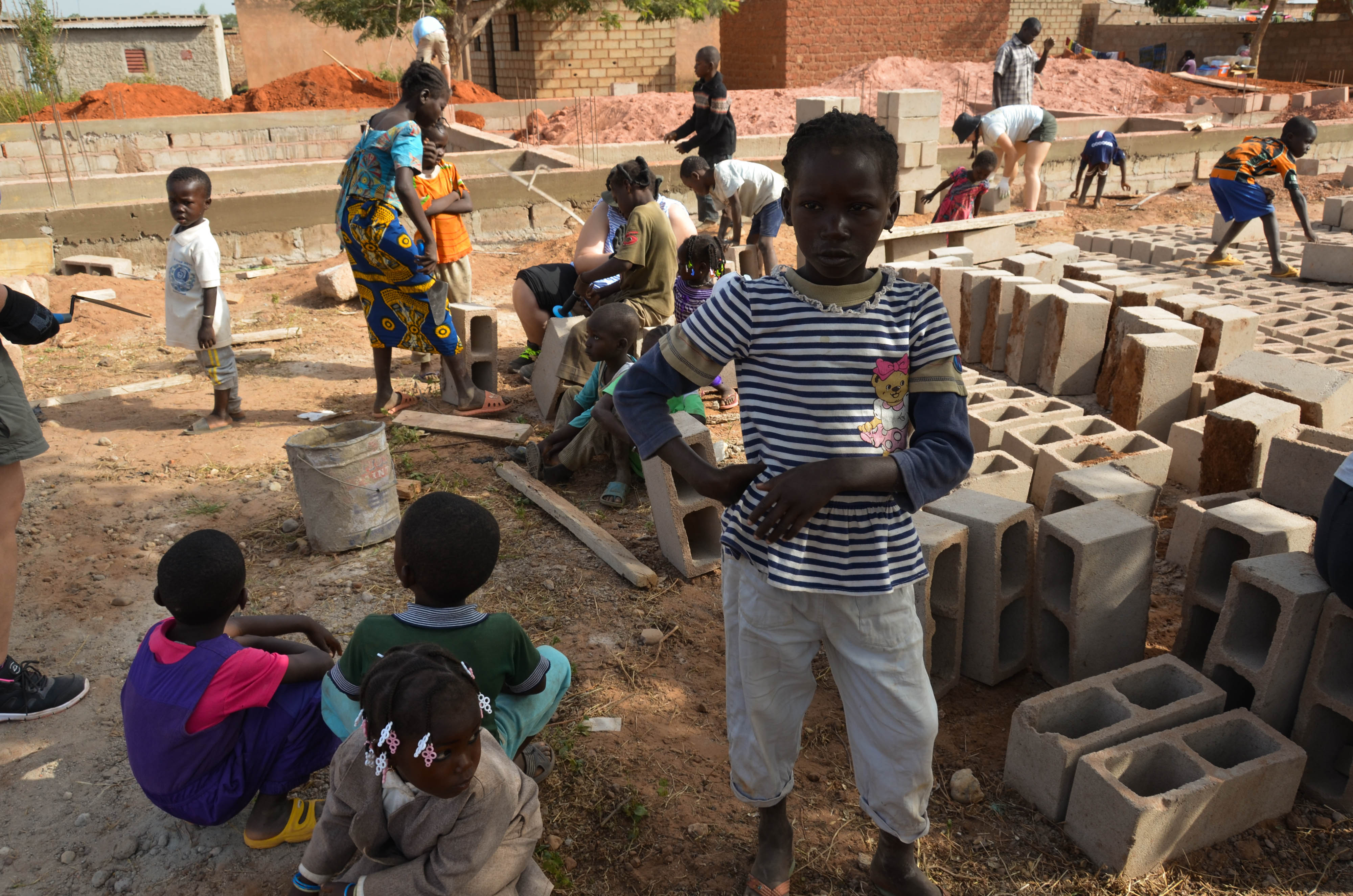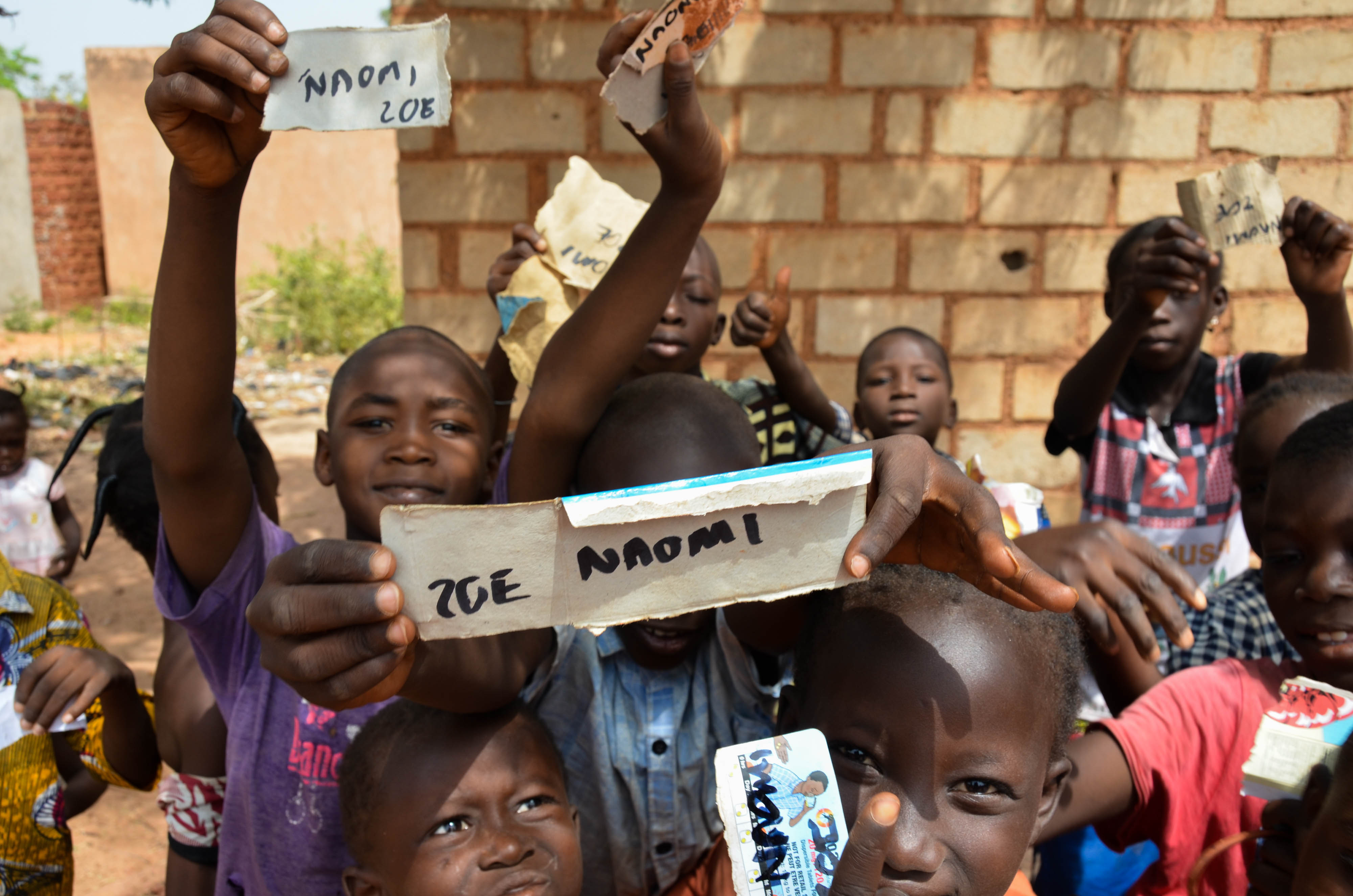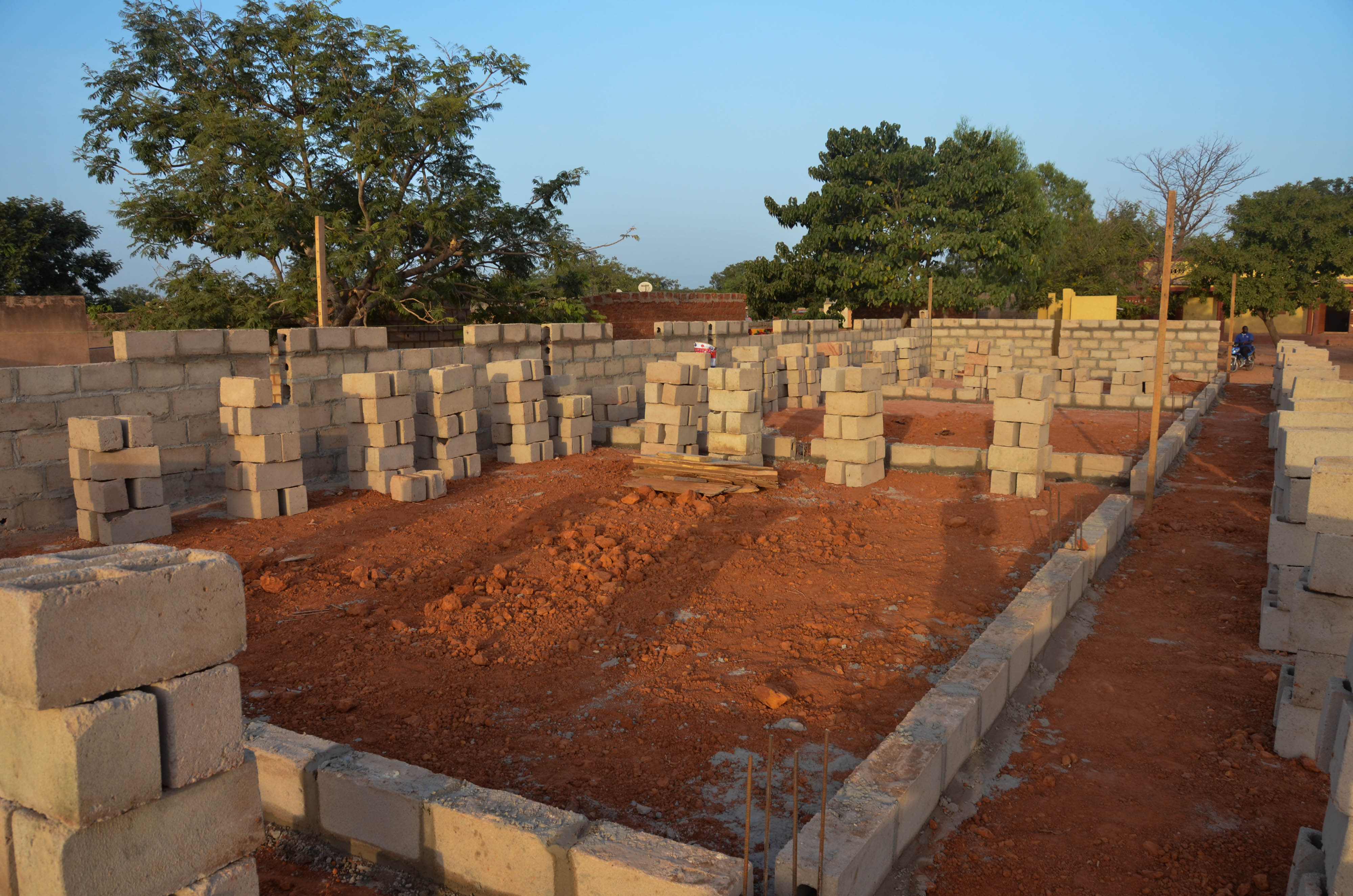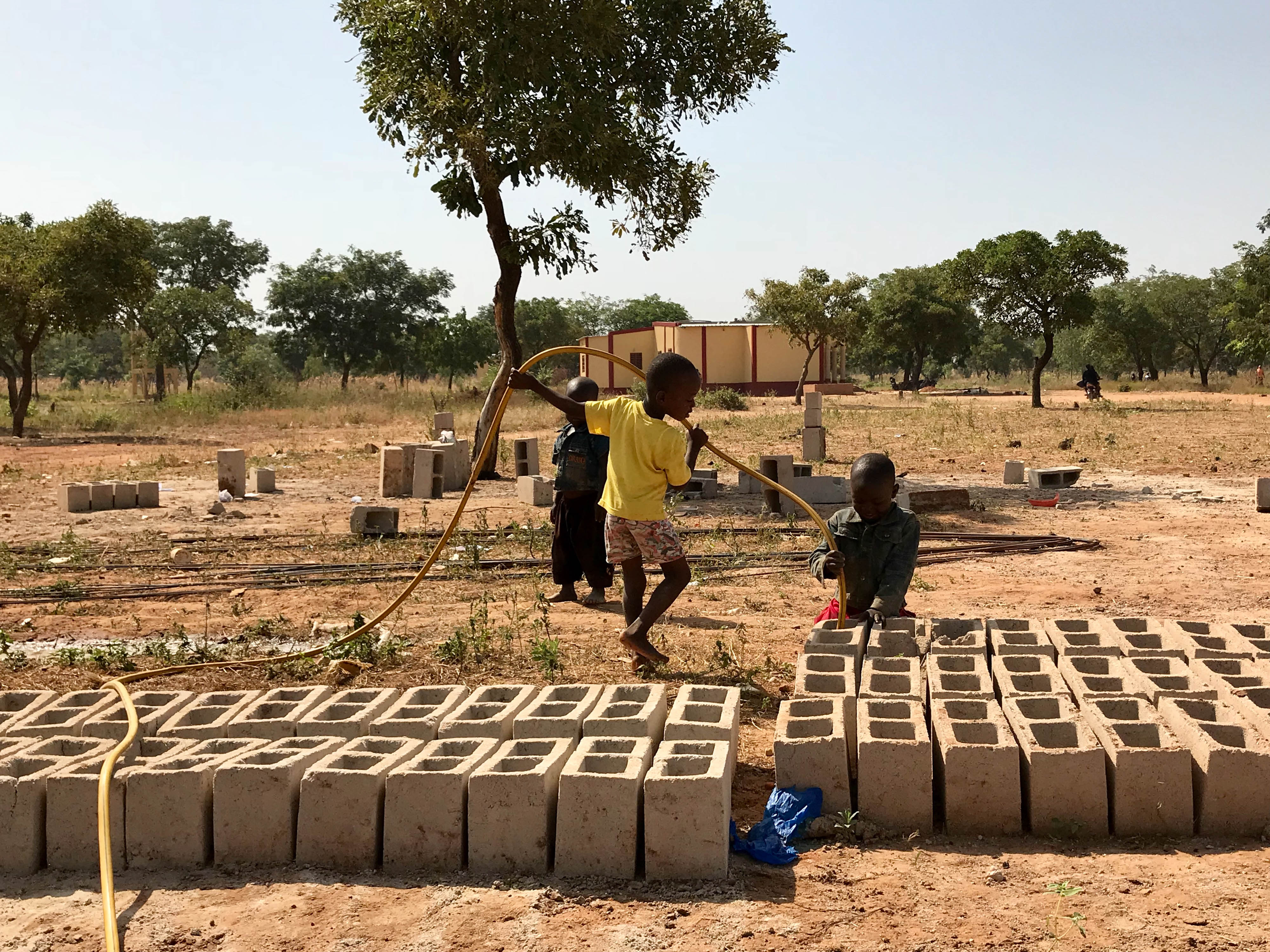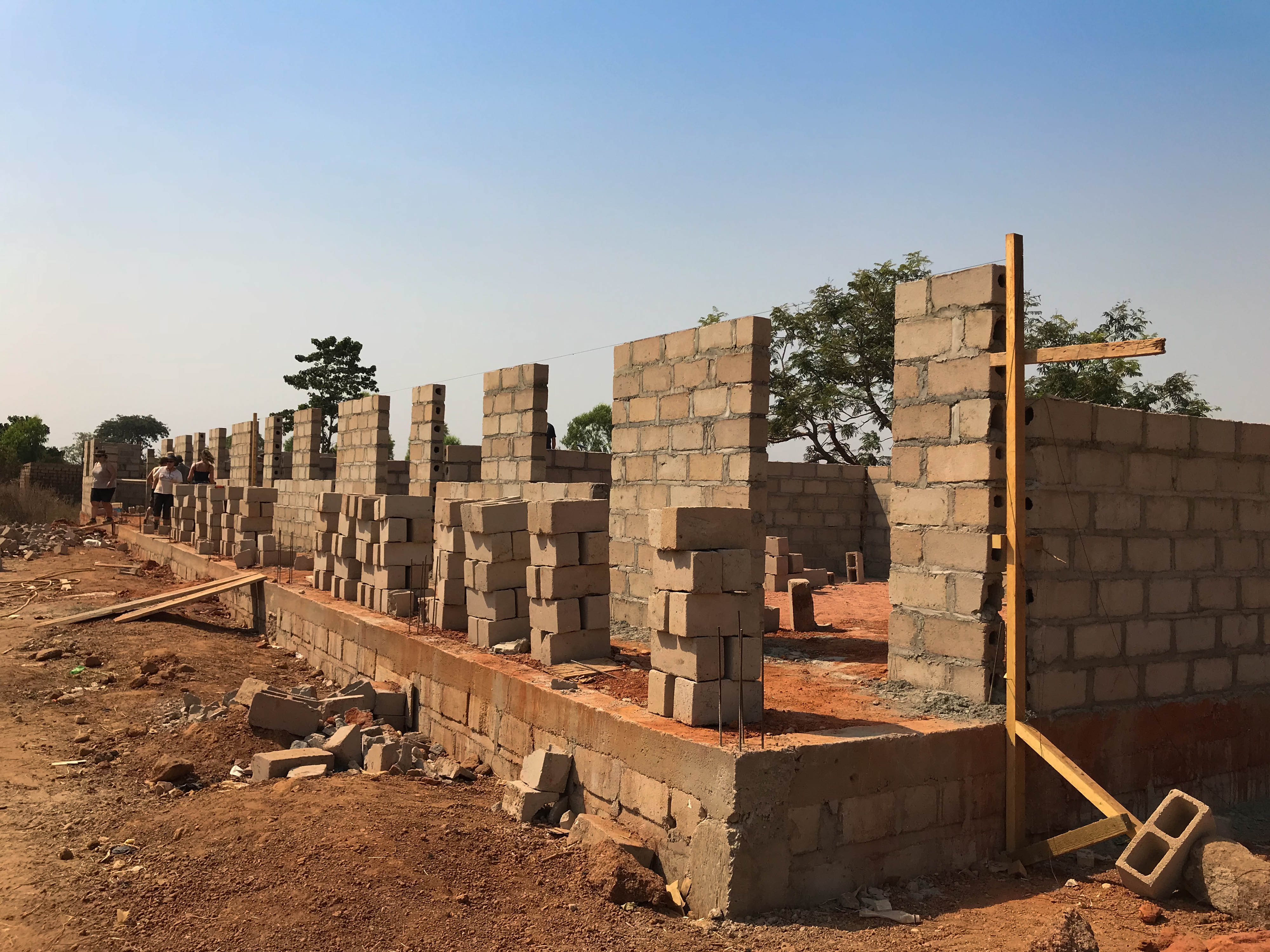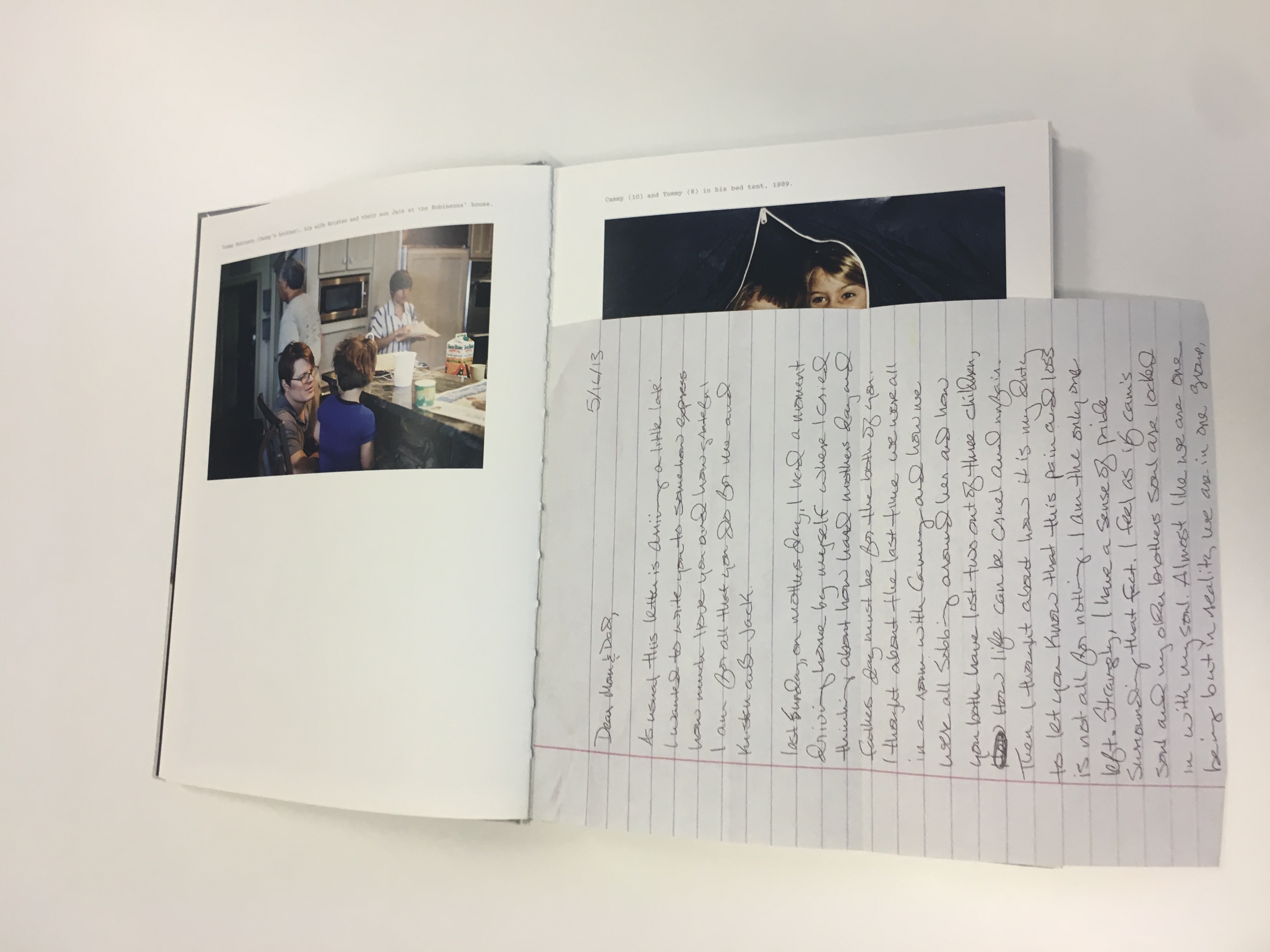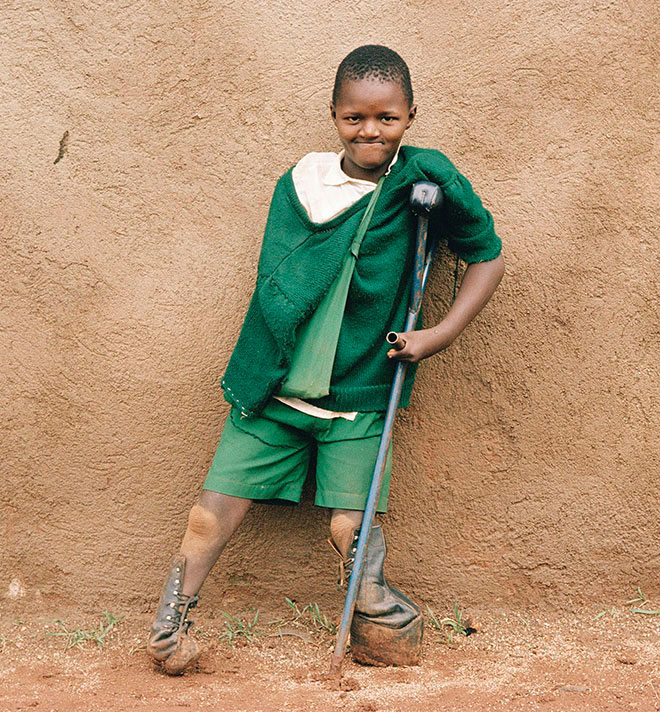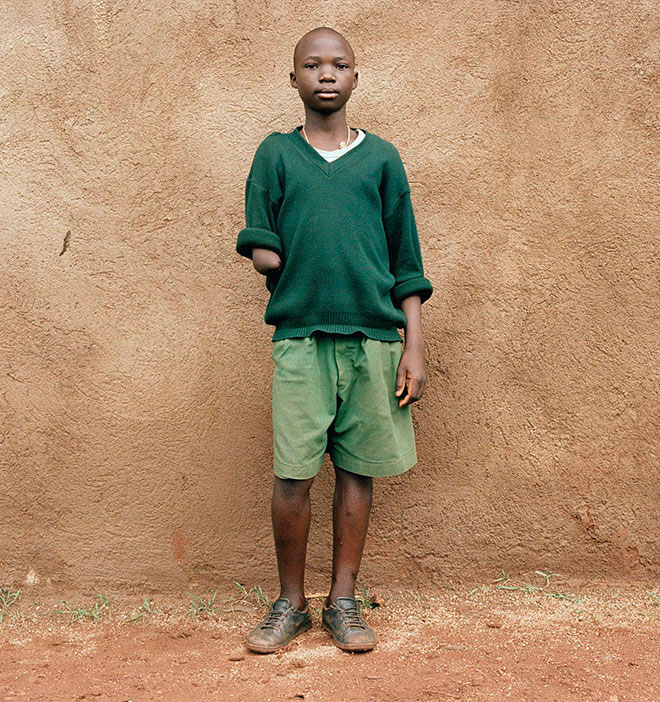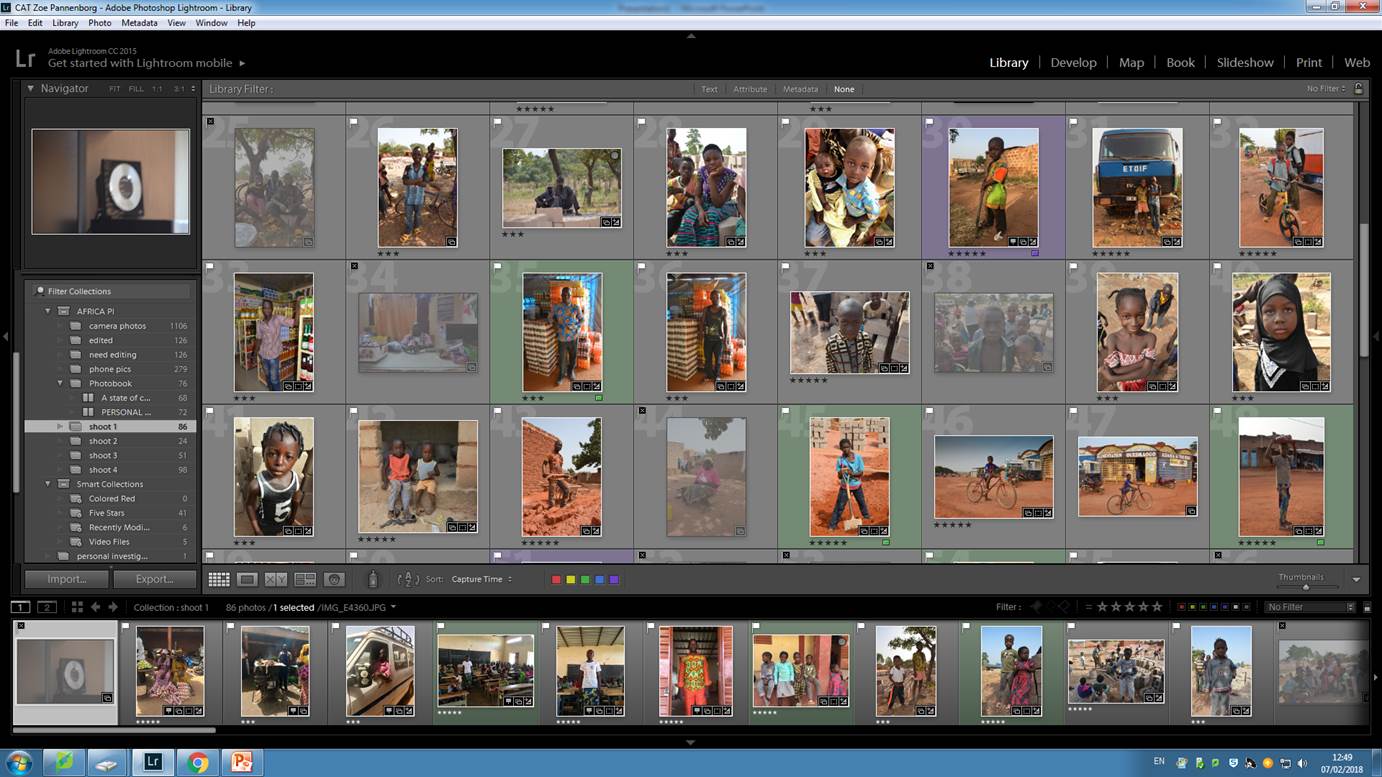How does subjectivity affect the authenticity of photographs representing third world countries?’
‘Documentary photography constructs representations of reality according
to someone’s view, their desire to see.’
In my personal study I will be investigating how subjectivity affects the authenticity of photographs which attempt to represent third world countries. Third world countries such as India and Africa have been a subject to the photographic world for decades. The colourful cultures which contrast with the heart-breaking issues of poverty and disease have been seen as a popular topic for many documentary photographs. This is due to the powerful messages and stories which can be conveyed through photographs of these captivating areas. However it has come into question whether photographers are allowing their own subjectivity to affect the authentic of their photographs documenting third world countries. Photographers such as Steve McCurry have been questioned on the amount of truth which his photographs portray. Photographic critic, Teju Cole, says that ‘The pictures where staged or made to look as if they were’ creating ‘a too perfect picture’. All photographers allow their images to become subjective due to their minds eye, which leads every individual too represent an issue or matter in a different way. Whilst investigating this matter further I am going to pin point the reasons that subjectivity does have an effect of the authenticity of representing counties and how the amount of truth can be weakened. I will explore the realism movement and the inside vs outside approach which can have direct impacts on the authenticity of documentary photographs. I will use the works of photographs ….. and Steve McCurry, analysing and contrasting their works looking at the different ways they represents third world countries and

